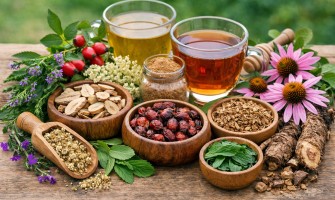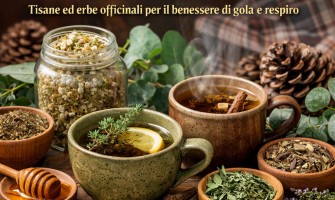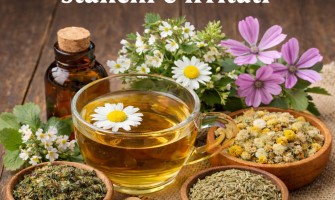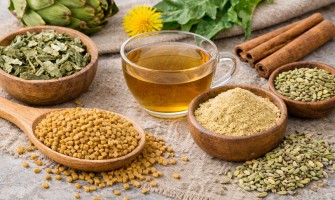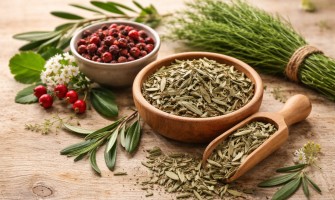0
1999
Come scegliere tisane sfuse di qualità per ogni momento della giornata
Un modo naturale di bere bene ogni giorno
Scegliere una tisana sfusa di qualità..
0
2058
Le 5 piante più utilizzate per sostenere il sistema immunitario
Una selezione di piante utilizzate nei momenti di maggiore debolezza
Quando l’organism..
0
1296
Erbe officinali a supporto delle difese naturali
Un sostegno naturale da integrare nella routine quotidiana
Le difese naturali dell’organismo possono ..
0
3209
Prendersi cura di gola e vie respiratorie nei periodi freddi
Tisane ed erbe officinali per il benessere quotidiano di gola e respiro
Durante i periodi..
0
10981
Erbe spontanee commestibili da raccogliere e cucinare
Dalla raccolta alla cucina quotidiana con piante selvatiche
Le erbe spontanee commestibili sono ..
0
320
Le migliori erbe spontanee di maggio per cucina e fitoterapia
Come riconoscere e utilizzare le piante di campo più utili nel periodo primaverile
Maggi..
0
1313
Erbe tintorie naturali per colorare tessuti
Come usare radici e semi vegetali per ottenere colori naturali
Le erbe tintorie vengono utilizzate da seco..
0
1163
Escolzia per favorire il sonno e il rilassamento
Un aiuto naturale per calmare la mente e preparare al riposo
Lo stress quotidiano, i pensieri continu..
0
1234
Ginkgo biloba per memoria e concentrazione
Un rimedio naturale per sostenere le funzioni cognitive ogni giorno
La memoria e la concentrazione sono mes..
0
1920
Eufrasia per occhi stanchi e irritati
Un aiuto naturale quotidiano contro affaticamento visivo e arrossamenti
Gli occhi sono sottoposti ogni giorno a ..
0
3546
Fieno greco benefici per colesterolo glicemia e metabolismo
Come usare il fieno greco per sostenere metabolismo digestione e benessere naturale
Il fie..
0
8113
Foglie di olivo benefici per pressione colesterolo e glicemia
Supporto naturale per pressione arteriosa, colesterolo, glicemia e salute articolare
Le ..




